Sourav Pan
Transcript
What is Embryology?
Embryology is the scientific study of embryos and their development, from fertilization through to the formation of a complete organism.
Embryos begin as fertilized eggs, when a sperm cell fertilizes an egg cell, creating a zygote.
These embryos undergo a series of developmental stages specific to their species. The process begins with a single cell that divides multiple times, eventually forming specialized cells and tissues.
Embryology is an interdisciplinary field, combining aspects of developmental biology, genetics, and evolutionary biology to understand how organisms form and evolve.
In summary, embryology is the scientific study of how organisms develop from a single cell into complex, fully-formed individuals, revealing fascinating insights into both development and evolution.
Early in development, embryos of different vertebrate species show remarkable similarities.
During the first stages of development, vertebrate embryos from fish to mammals look strikingly similar. They all have a simple curved body plan with basic structures forming.
These remarkable similarities suggest that all vertebrates share a common evolutionary ancestor. The basic body plan was established early in evolutionary history and has been conserved across species.
As development progresses, species-specific characteristics become more apparent. Fish develop fins, birds form wings, and mammals show their distinctive limb structure.
This divergence in development demonstrates evolutionary adaptation. Different species evolved specific traits that allowed them to thrive in their particular environments.
This pattern of early similarity followed by later divergence, known as von Baer’s law, provides compelling evidence for evolution. It shows how developmental biology reveals our shared evolutionary history while also demonstrating the process of adaptation.
The study of embryonic development across species continues to reveal important insights about our evolutionary connections.
Darwin developed two complementary views on how evolution occurs through what he called ‘Descent with Modification’.
His first view focused on natural selection as the mechanism of evolution. Darwin proposed that species evolve when natural selection acts on variations within populations.
According to this view, individuals with advantageous traits are more likely to survive and reproduce, passing those traits to their offspring. Over time, these beneficial traits accumulate, leading to adaptation.
Darwin’s second view focused on embryonic development as evidence for evolution. He observed that embryos of different vertebrate species look remarkably similar in early stages.
This suggested to him that early embryonic stages reveal ancestral traits common to all vertebrates, while later stages show the specialized adaptations of each species.
These two views complemented each other to form Darwin’s comprehensive theory of evolution. Natural selection explained the mechanism, while embryonic development provided supporting evidence.
Together, these perspectives helped Darwin form a unified theory that incorporated both adult adaptations and the patterns seen during development, strengthening his case for descent with modification.
Embryonic development provides compelling evidence for evolution.
Early vertebrate embryos share remarkable structural similarities, despite developing into very different adult forms.
Pharyngeal arches are a key example of these shared embryonic structures. These appear as a series of grooves in the neck region of all vertebrate embryos.
Despite starting from similar structures, pharyngeal arches develop into very different adult structures across species.
In fish, they form gill structures. In birds, they develop into parts of the beak and throat. And in mammals, they form parts of the ear and throat.
These developmental patterns provide strong evidence for evolution and shared ancestry among vertebrates.
The presence of common embryonic structures suggests that all vertebrates descended from a common ancestor. The developmental patterns we observe reflect evolutionary history. And similar genes regulate development across diverse species.
This developmental evidence powerfully supports Darwin’s theory that diverse species share common ancestry.
Modern Evolutionary Developmental Biology, or Evo-Devo, bridges classical embryology with evolutionary biology, investigating how developmental processes inform our understanding of evolution.
The field emerged from classical embryology but has been revolutionized by modern genetic and molecular techniques.
Genome sequencing allows us to compare developmental genes across species. Gene expression analysis tracks when and where genes activate during development. And technologies like CRISPR gene editing help us modify genes to study their functions.
A groundbreaking discovery in evo-devo has been Hox genes, which control body patterning during development.
Hox genes are master regulators of body patterning. They are highly conserved across animal species, yet small changes in their expression can create entirely new body structures.
One of the most fascinating discoveries in evo-devo is how small changes in gene regulation can lead to dramatic evolutionary innovations.
For example, insect wings evolved from genes originally used for leg development. The same genes that control fin development in fish were repurposed for limb development in mammals. And a common genetic toolkit controls eye development across diverse animal groups, despite their independent evolution.
Recent discoveries continue to connect embryonic development with evolutionary processes.
Scientists have discovered that gene regulatory networks help explain how body plans evolve. Epigenetic mechanisms can influence development without changing the DNA sequence itself. And developmental plasticity allows organisms to adapt to their environment during development.
Embryological studies have profound implications for our understanding of evolution and open exciting directions for future research.
Embryological evolution enhances our understanding of life’s diversity and interconnectedness through shared developmental pathways.
These studies reveal how evolutionary innovations arise from modifications to existing developmental programs.
Comparative embryology helps reconstruct phylogenetic relationships between species that might otherwise be difficult to determine.
Several exciting research areas are emerging at the intersection of embryology and evolution.
Developmental plasticity explores how embryos can develop differently in response to environmental factors, potentially influencing evolutionary trajectories.
Epigenetics investigates how gene expression can be modified without changing the underlying DNA sequence, providing a mechanism for developmental memory across generations.
Studies of gene regulatory networks reveal how complex developmental processes are coordinated and how changes to these networks can lead to evolutionary innovation.
Embryological studies continue to provide valuable insights and open new research directions.
These studies help refine evolutionary theory by providing mechanistic explanations for morphological change.
Integration of embryological data with molecular and genetic information creates a more complete picture of evolutionary processes.
Embryological insights are being applied to conservation efforts and medical research, highlighting the field’s broader relevance.
In conclusion, embryological studies provide critical evidence for evolution while continually expanding our understanding of life’s diversity and development.
As we continue to integrate embryological data with other fields, we strengthen the foundation of evolutionary theory and open exciting new avenues for research.
Study Materials
No study materials available for this video.
Helpful: 0%
Related Videos

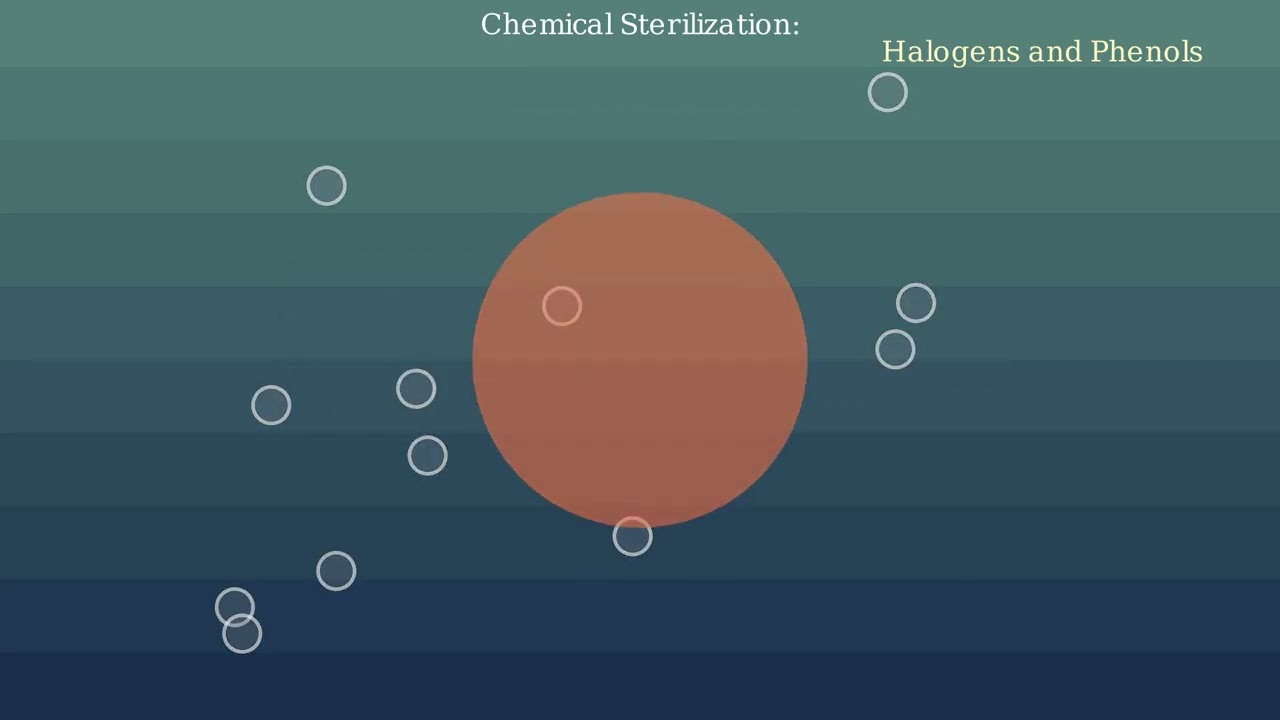
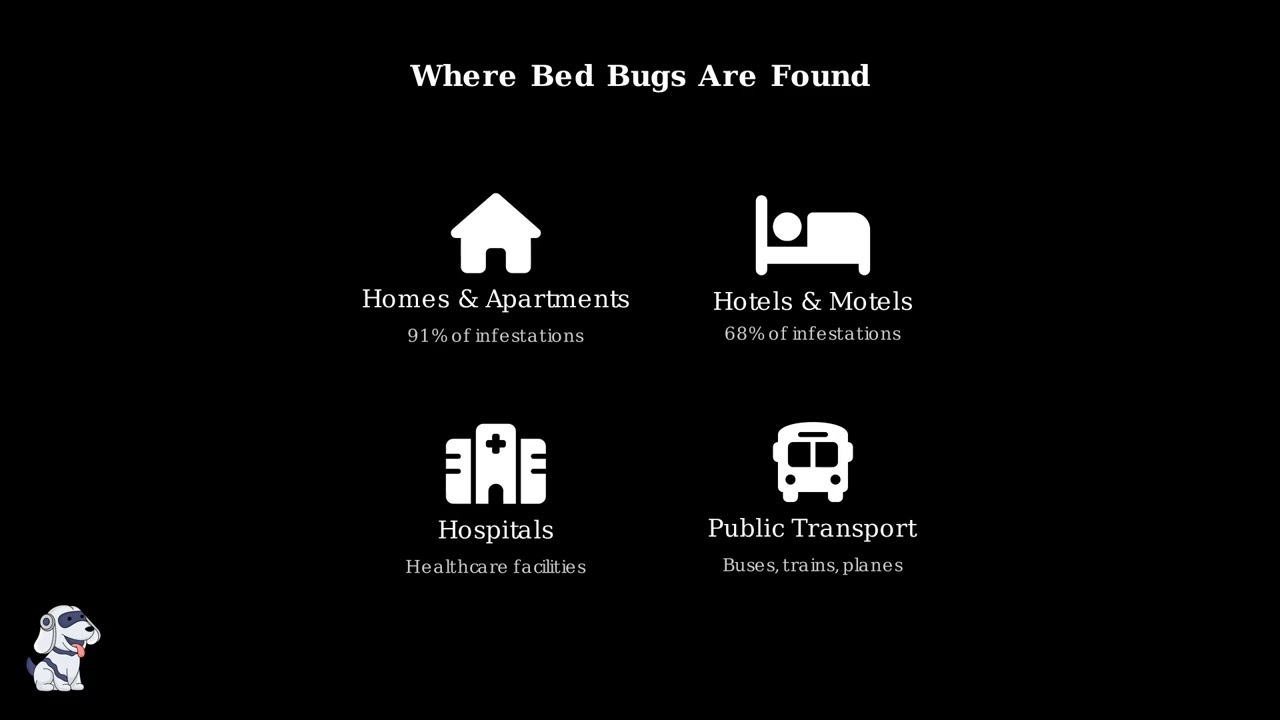
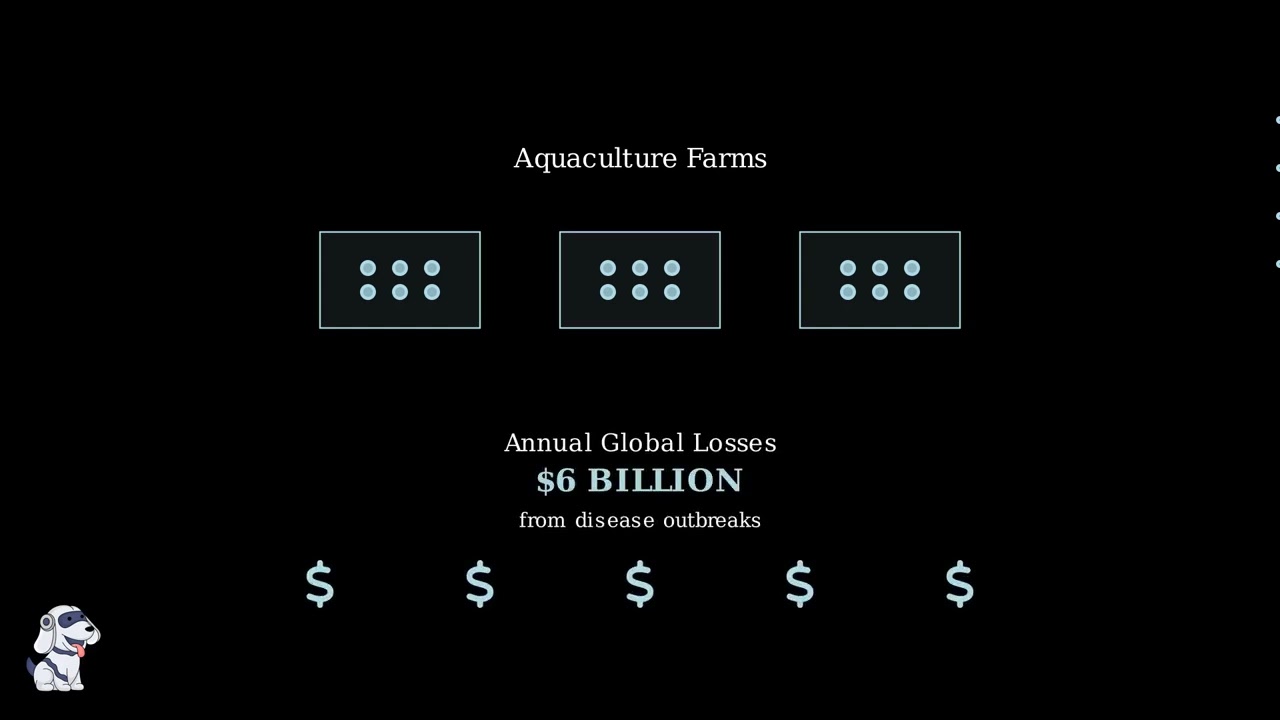
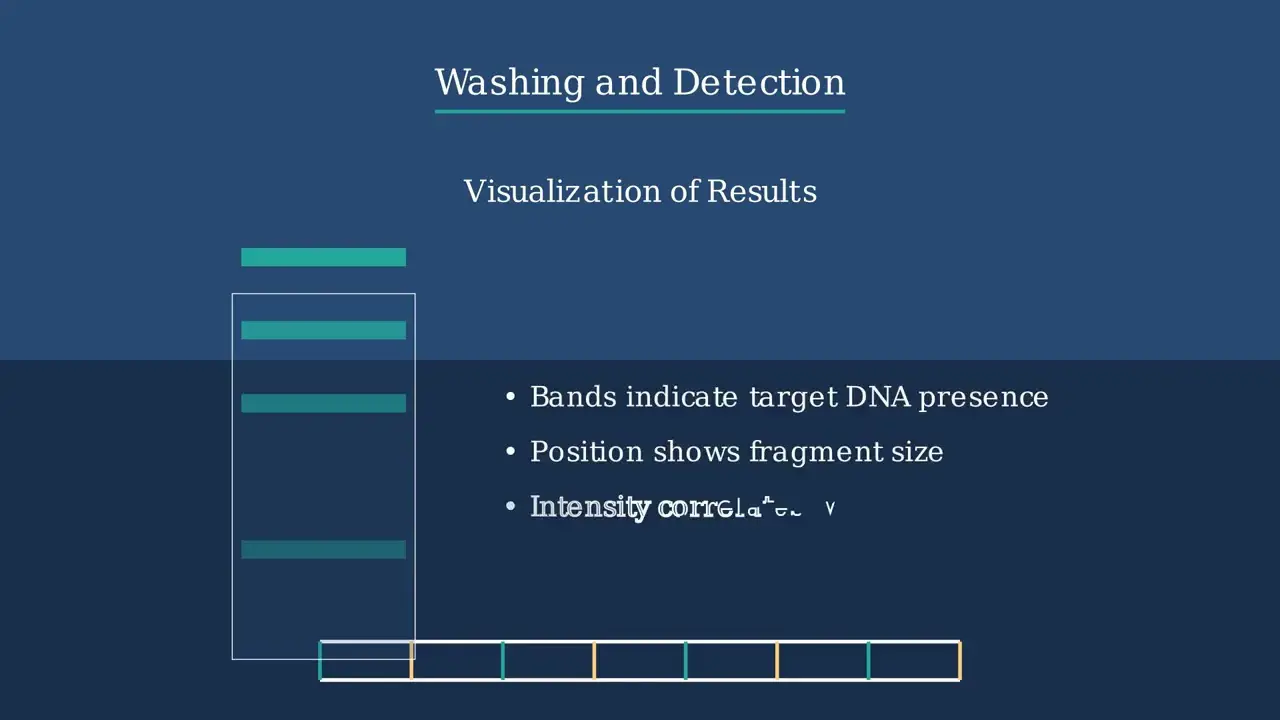
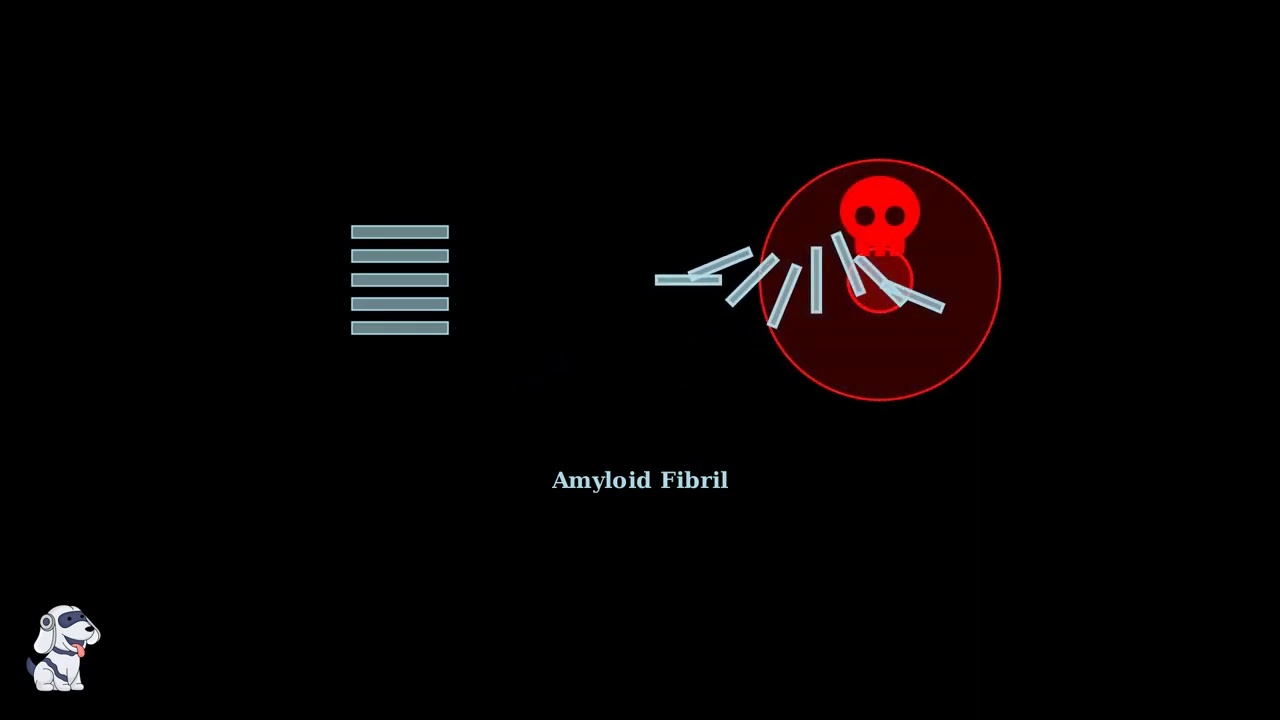
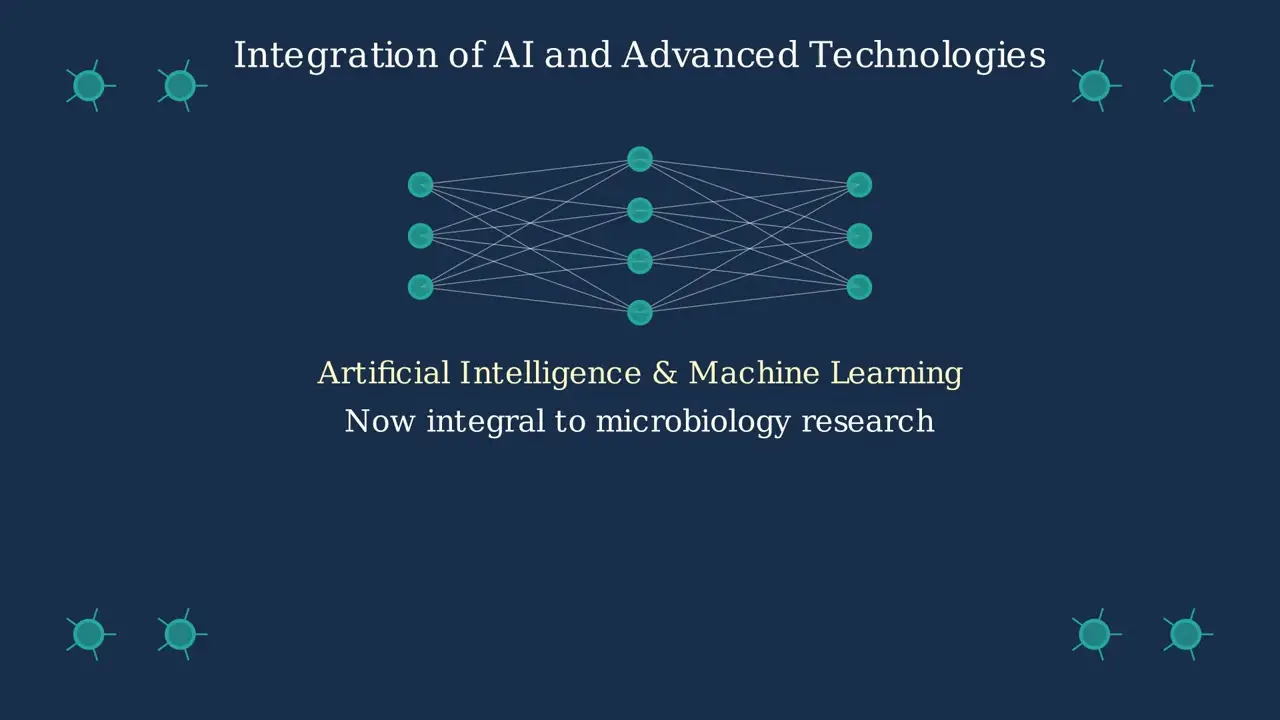
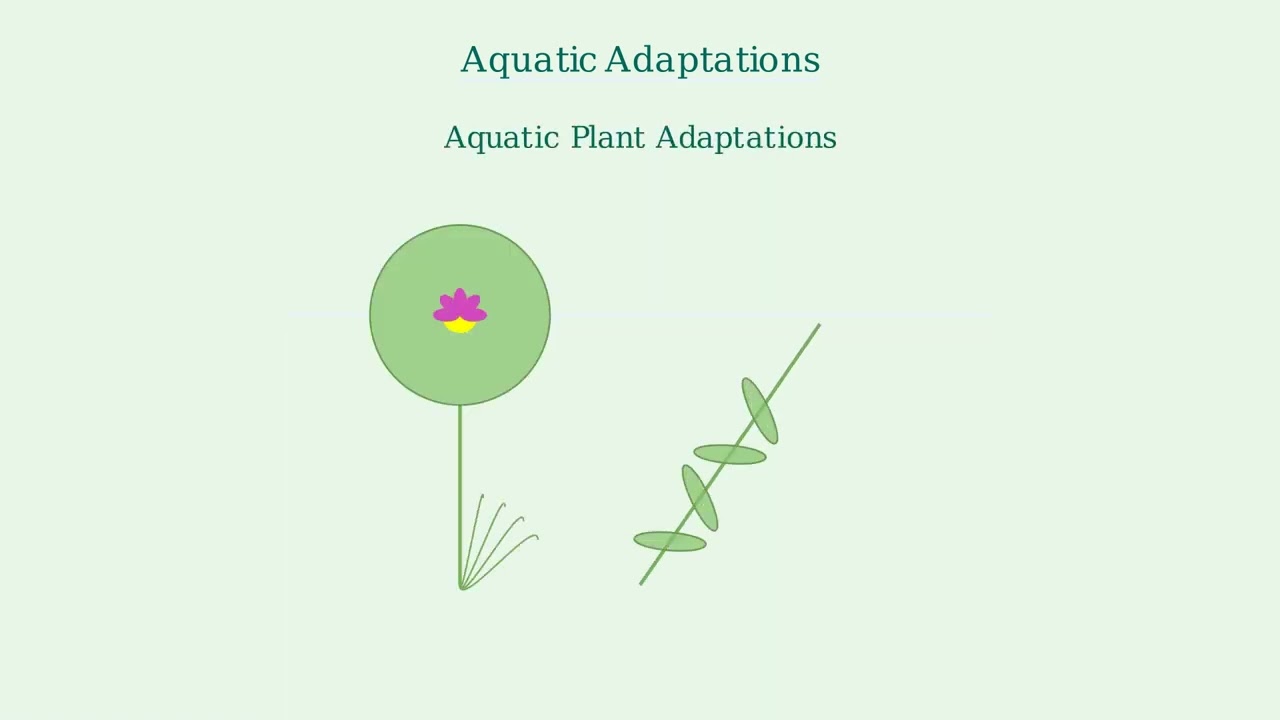
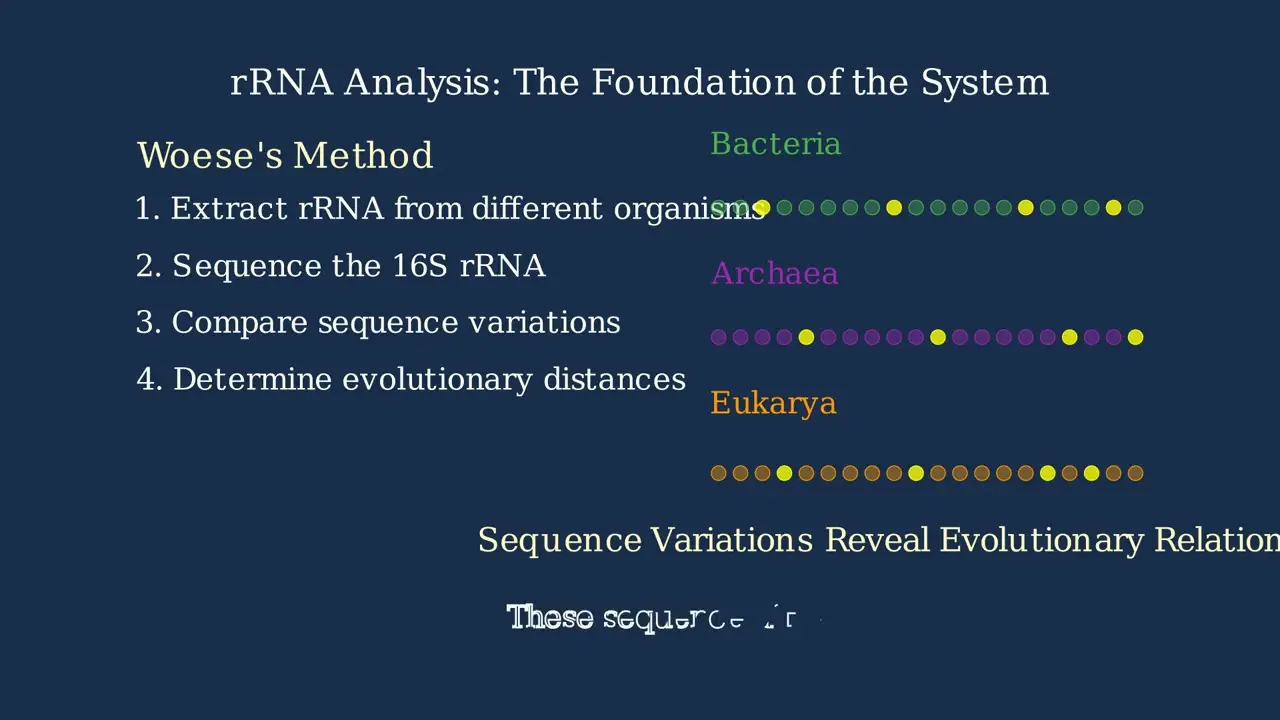
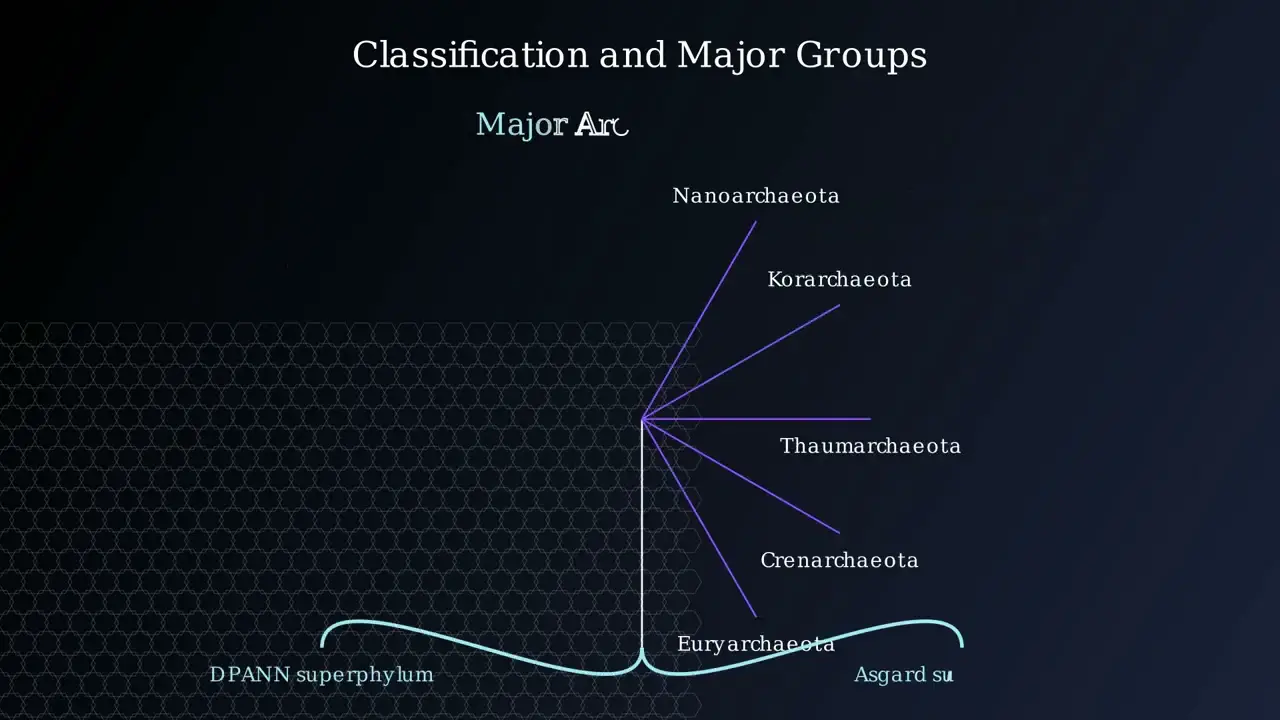
- Text Highlighting: Select any text in the post content to highlight it
- Text Annotation: Select text and add comments with annotations
- Comment Management: Edit or delete your own comments
- Highlight Management: Remove your own highlights
How to use: Simply select any text in the post content above, and you'll see annotation options. Login here or create an account to get started.